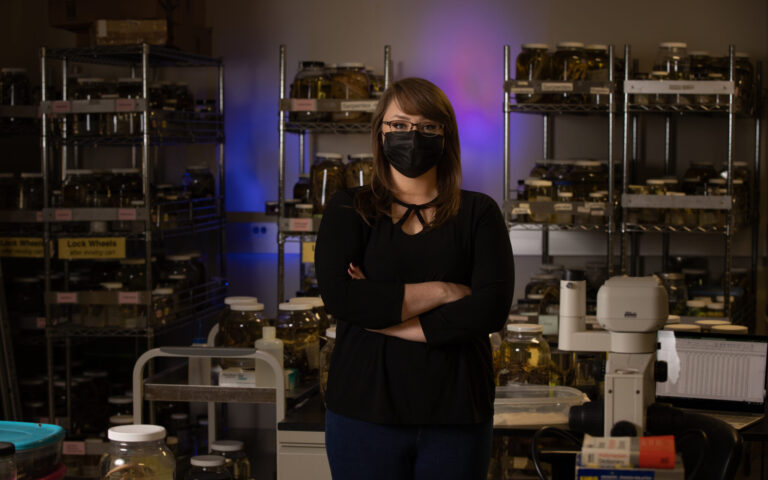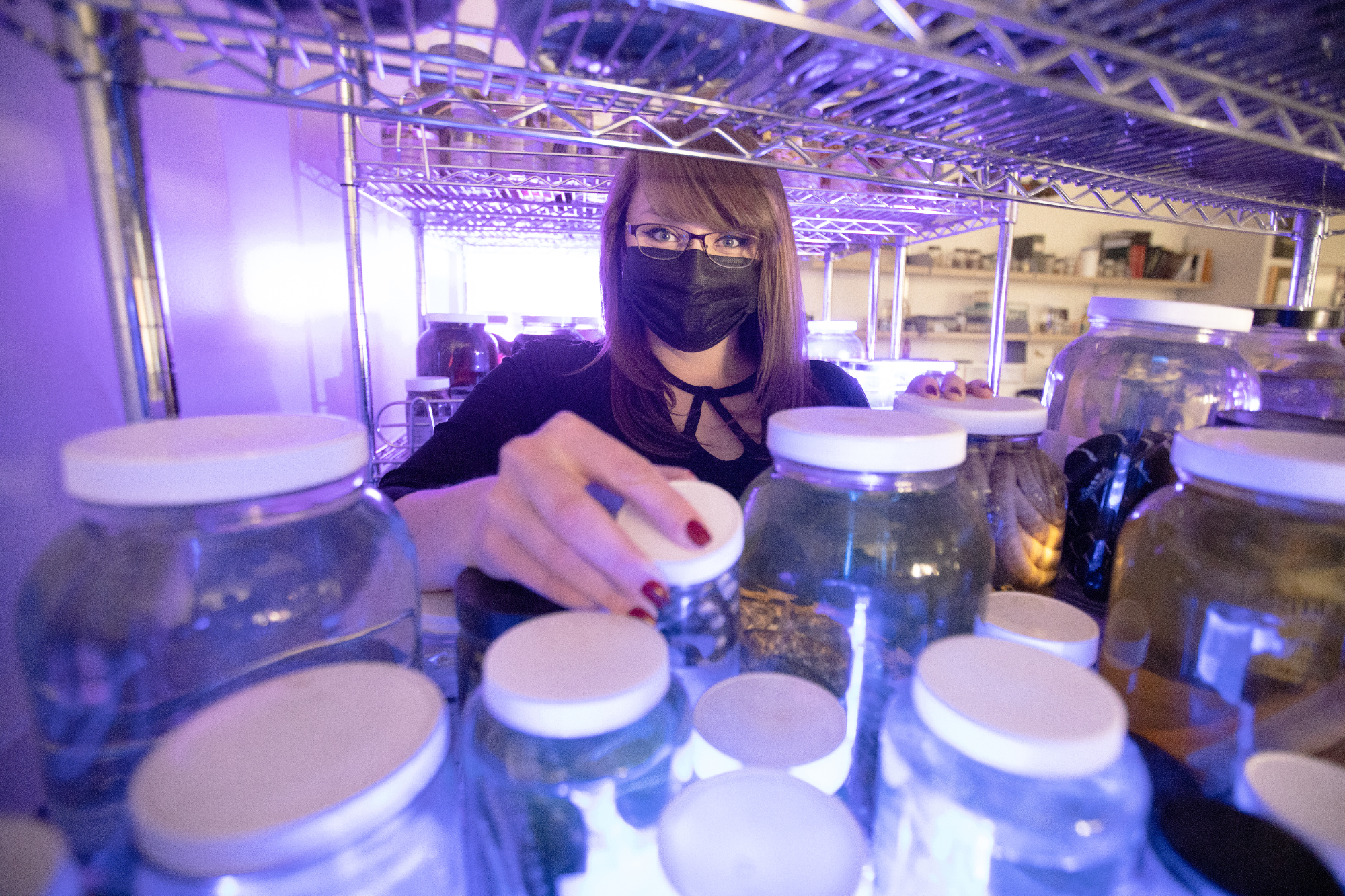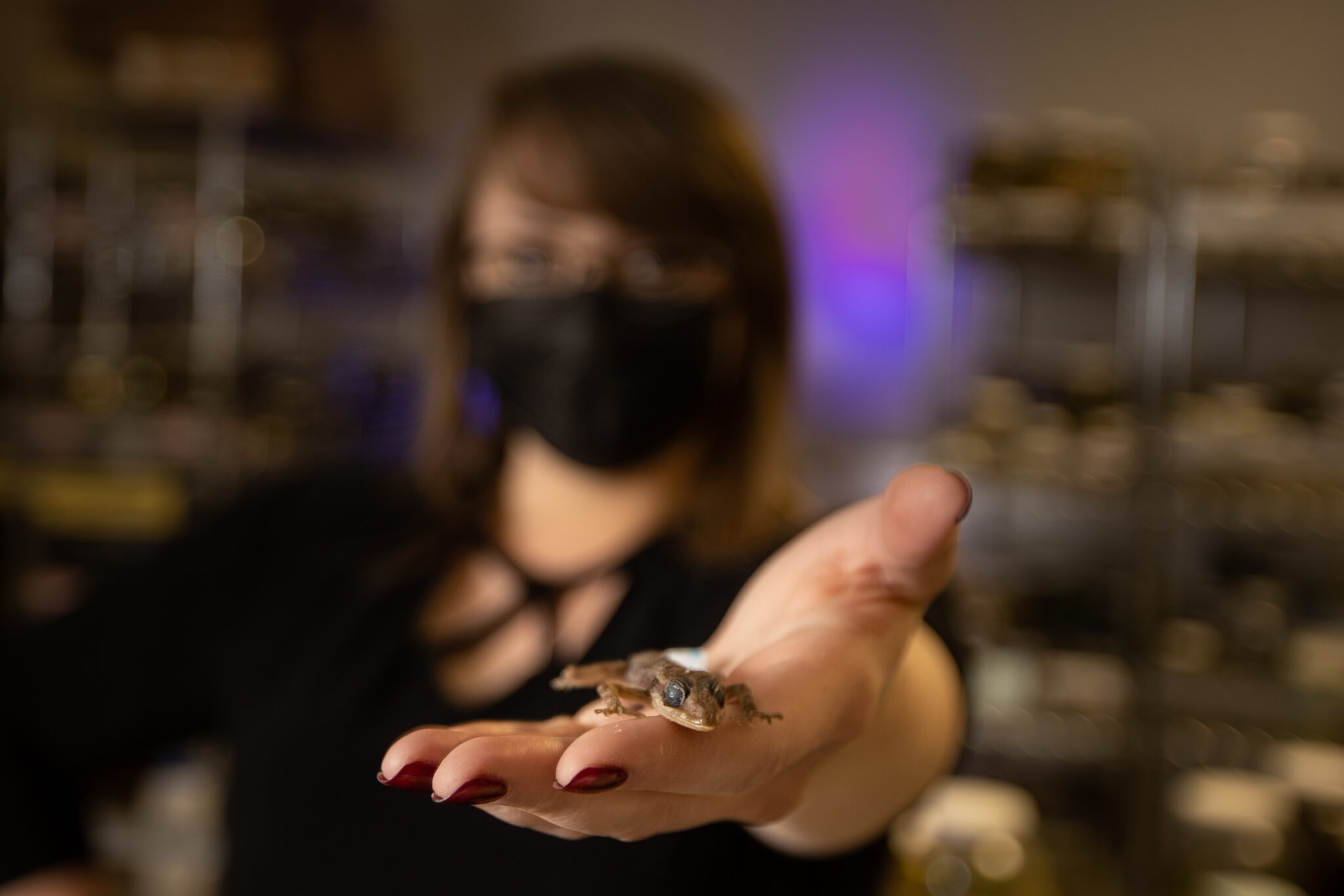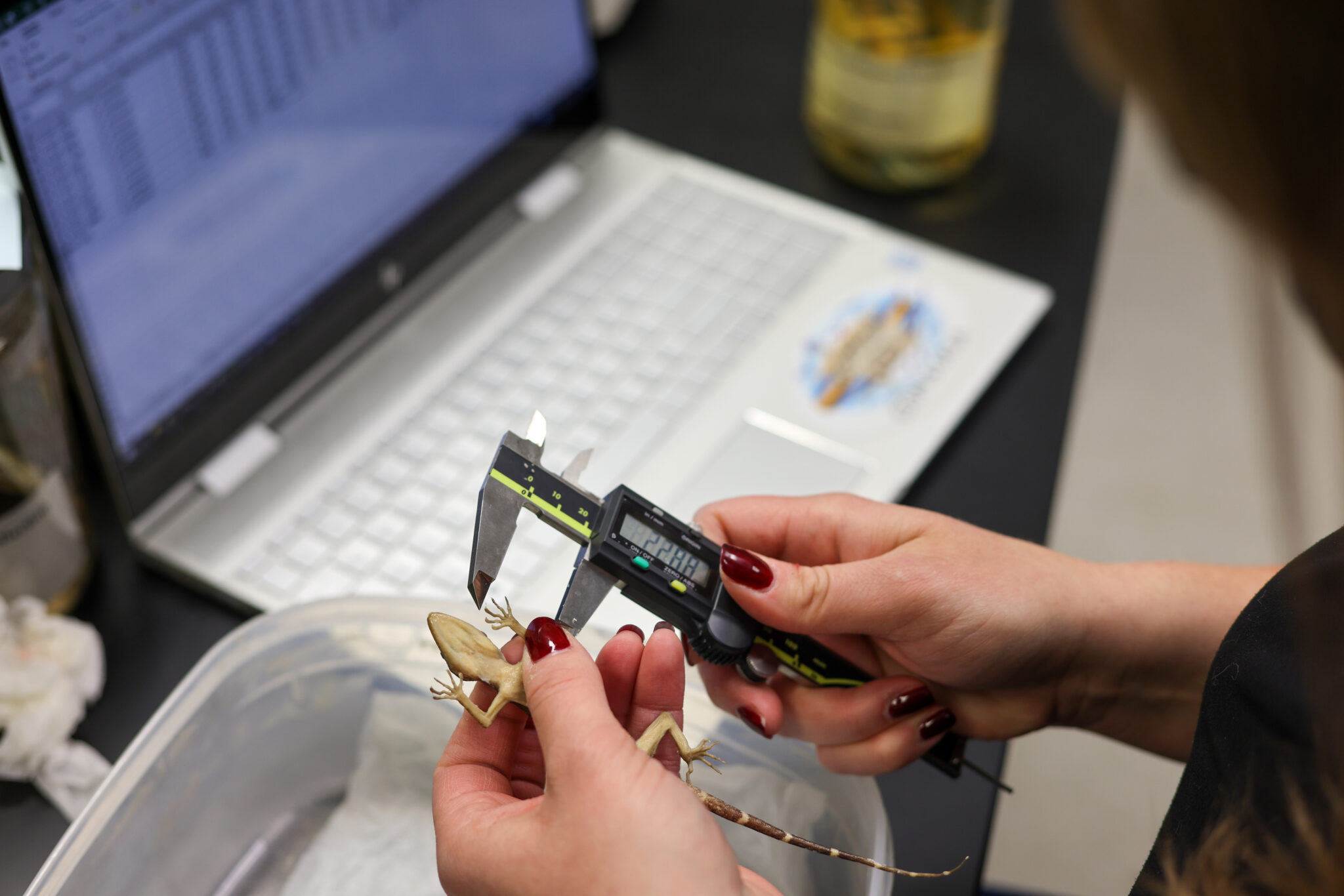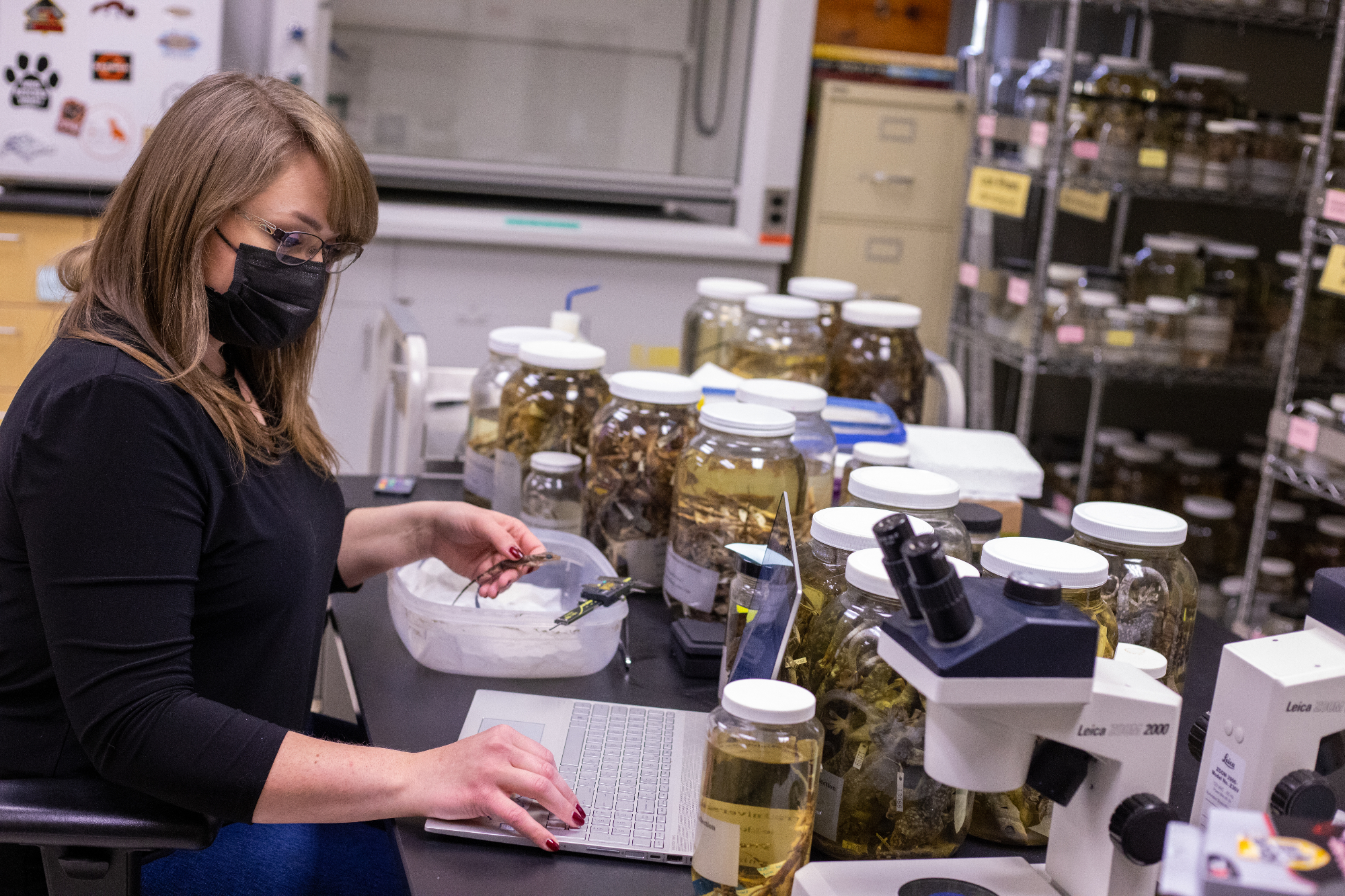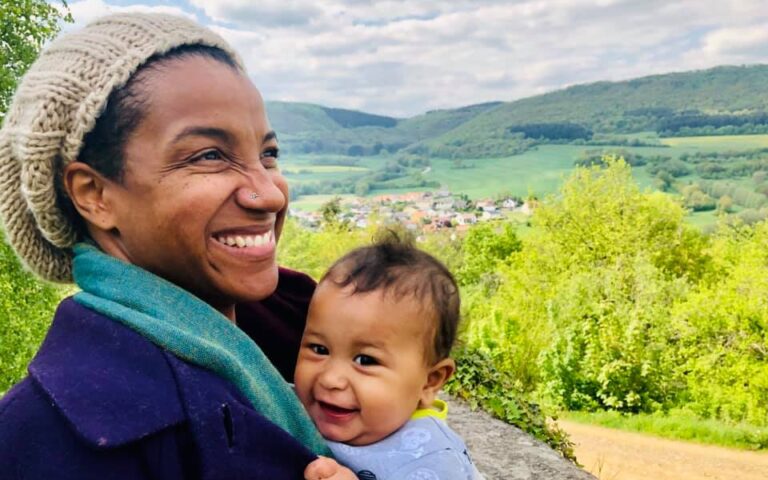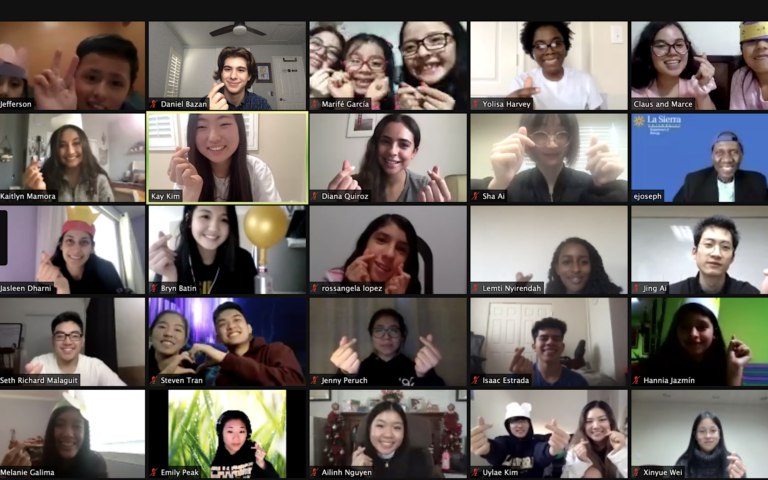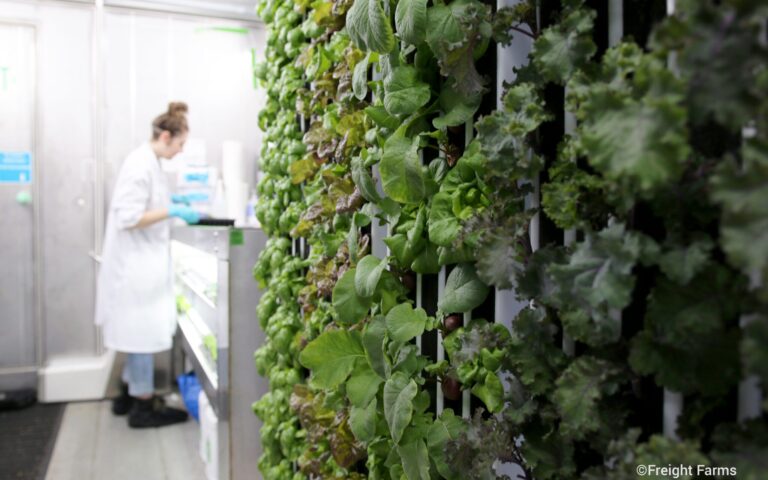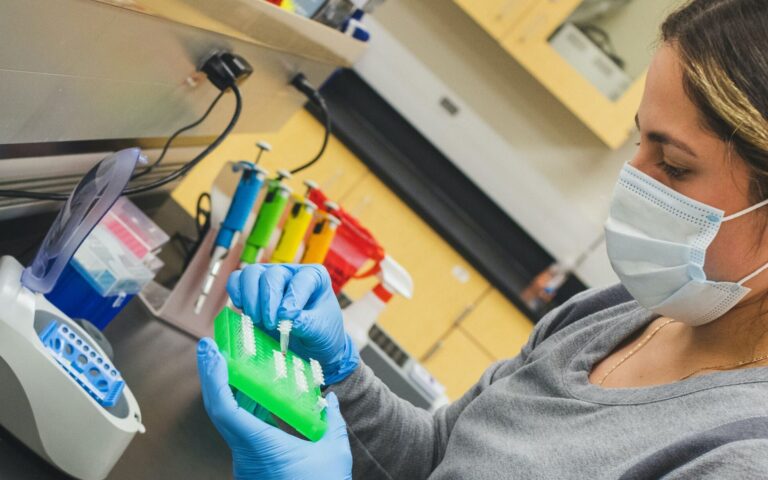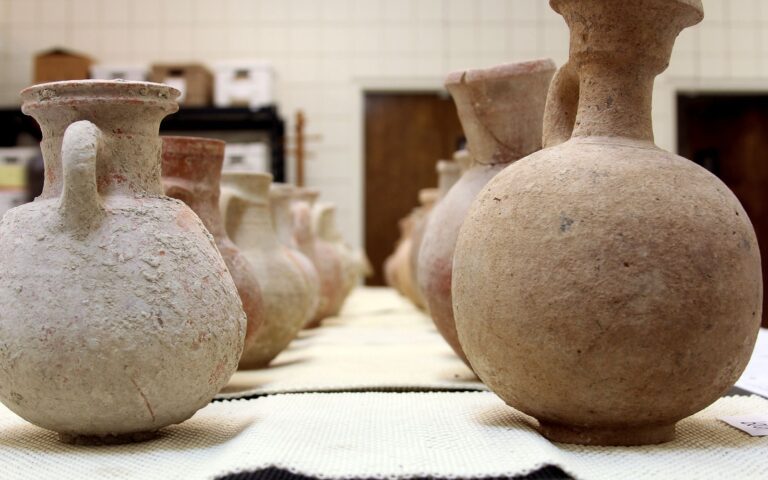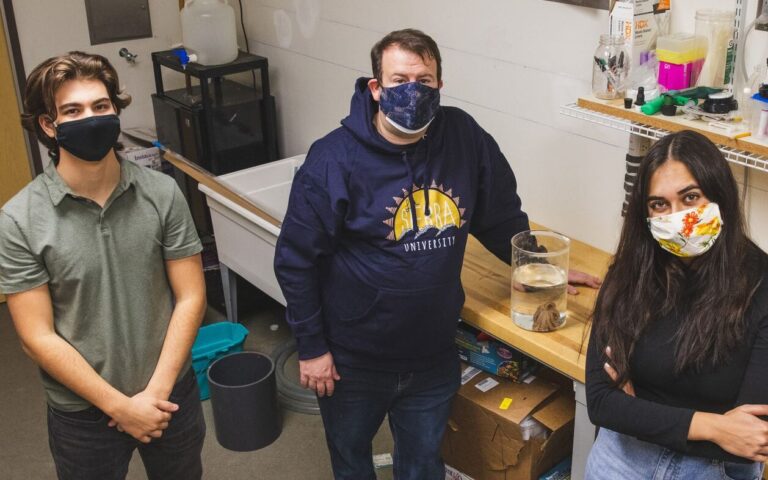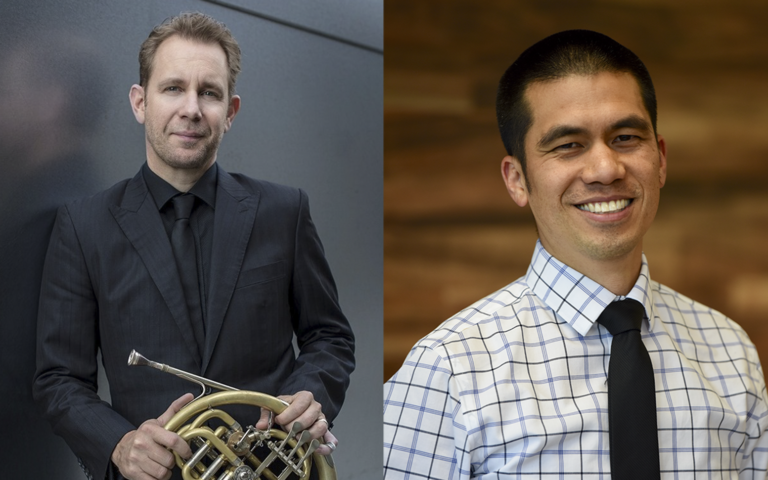by Natalie Romero
From taking measurements in a California laboratory to hands-on fieldwork in Malaysia and Israel, Amanda Kaatz has experienced it all thanks to her involvement in Dr. Lee Grismer’s current research projects. “I came to La Sierra University specifically for the incredible research opportunities,” says Amanda—and Dr. Grismer’s lab delivered.
Amanda’s work centers around two groups of Cyrtodactylus, or bent-toed geckos, and their different habitat preferences. For biologists whose primary interests are herpetology and conservation, research like this is vital in determining how species are adapting to different environments in the wake of human impacts on the ecosystem. Typically, populations of animals tend to acclimatize to their surroundings through habitat specialization.
“To begin, we first established how the different species of Cyrtodactylus were related and then mapped their original habitat preferences onto their tree of life,” explains Amanda about the research process. “We then took body measurements of the different species and ran statistical analyses to see how the different body shapes compared to one another. Finally, we were able to compare our results of the various analyses of body shape to each species’ habitat preferences and determine if there was a correlation between the shapes of their bodies and the habitats they preferred to live in.”
The efforts in the lab as well as abroad showed that for most of the Cyrtodactylus species, there was an obvious correlation between the geckos’ habitat preferences and their body shapes. However, for one specific gecko known as C. metropolis, things are a little different. While its habitat preference is limestone caves, its body shape is closer to geckos that prefer living in swamps. “We believe that we are catching C. metropolis as it is undergoing a change from a swamp-adapted generalist body shape to that of a limestone adapted body shape,” says Amanda. “It’s amazing that an animal’s habitat can be so instrumental in shaping its body along with other aspects of its life.”
In addition to gaining practical fieldwork knowledge and learning to run statistical analyses, Amanda describes her research as one of the most important aspects of her college career. “Not only have I learned valuable skills in the lab, but I have also been fortunate enough to gain experience presenting my research,” she says of her 2019 presentation at the Gekkota Mundi symposium in Tel Aviv. “I am currently working on a manuscript and intend to participate in other projects for the rest of my time here at La Sierra University, and for the foreseeable future.”

